Portable tank mixers are versatile and convenient devices used for mixing liquids in tanks of various sizes and shapes. The design of these mixers allows for easy movement and positioning on various tanks as required. Here is a detailed description of portable tank mixers:
Design
Portable tank mixers typically consist of a motor, shaft, and mixing impeller. You mount the motor on top of the tank or a separate stand. Additionally, this is while the shaft extends down into the liquid inside the tank. The mixing impeller attaches to the end of the shaft and generates the mixing action.
Motor
The motor of a portable tank mixer is typically electric and comes in various power ratings. Moreover, this depends on the tank size and the viscosity of the liquid being mixed. You can adjust the speed of the mixing operation using the controls on the motor.
Shaft
The shaft of a portable tank mixer is usually made of durable materials. Such as stainless steel to withstand exposure to different liquids. The length of the shaft can vary to accommodate different tank depths.
Mixing Impeller
Portable tank mixers can be equipped with different types of mixing impellers. Mixers such as propellers, turbines, or paddles, depending on the desired mixing effect. When you activate the motor, it spins the impeller at high speeds. This creates turbulence and mixes the liquid in the tank.
Adjustability
Many portable tank mixers come with adjustable features that allow users to change the speed of the mixer. It can also adjust the angle of the mixing impeller to suit different mixing requirements. This flexibility enables users to achieve the desired mixing results efficiently.
Portability
As the name implies, portable tank mixers are crafted for easy transport and positioning on various tanks. These mixers often come with handles or wheels for convenient movement from one location to another. Some models may also feature clamp-ons or brackets. These are mounting options for quick installation on tanks.
Applications
Various industries like chemical processing widely use portable tank mixers. Similarly, the shaft, frequently constructed from durable materials such as stainless steel, extends into the liquid within the tank, with the mixing impeller fixed to the end of the shaft. Also, it includes food and beverage production, water treatment, and pharmaceutical manufacturing. Likewise, these mixers are versatile tools suitable for blending and homogenizing. It can also be used for emulsifying, and suspending liquids in tanks of different sizes.
Maintenance
Regular maintenance of portable tank mixers is essential to ensure optimal performance and longevity. This may include cleaning the mixer after each use and inspecting the motor and shaft for any signs of wear or damage. Also, make sure that all lubricating moving parts as needed.
Similarly, the shaft, frequently constructed from durable materials such as stainless steel, extends into the liquid within the tank, with the mixing impeller fixed to the end of the shaft. These mixers are crafted with convenience and versatility in mind, enabling users to move them easily from one tank to another as required. Typically, portable tank mixers consist of a motor, shaft, and mixing impeller. motor is usually electric and can vary in power depending on the mixing requirements. Similarly, the shaft, frequently constructed from durable materials such as stainless steel, extends into the liquid within the tank, with the mixing impeller fixed to the end of the shaft.
One of the key features of portable tank mixers is their adjustability. Additionally, you can control the speed of the mixer and, in some models, adjust the angle of the mixing impeller to suit different mixing needs. This flexibility enables users to achieve the desired mixing results efficiently. Portable tank mixers come in various sizes to accommodate different tank depths and volumes.
Industries such as chemical processing, food and beverage production, water treatment, and pharmaceutical manufacturing commonly use these mixers. Moreover, they are versatile tools suitable for effectively blending, homogenizing, emulsifying, and suspending liquids. Additionally, portable tank mixers are designed for easy maintenance. Finally, regular cleaning, inspection for wear or damage, and lubrication as needed are important for ensuring optimal performance and longevity of the equipment.
Conclusion
In conclusion, portable tank mixers are valuable tools for mixing liquids in tanks efficiently and effectively. Their versatility, adjustability, and portability make them perfect for a broad spectrum of industrial applications that require mixing.
ProMixUSA offers a wide selection of portable tank mixers and agitators. ProMixUSA Process offers rugged, portable IBC tote mixers. We use our top-entry portable IBC mixers to mix and blend liquids in an Intermediate Bulk Container (IBC) tote or drum. They come in various sizes, shapes, and speeds, and work with various viscosities and applications.
- Mixers for Intermediate Bulk Containers (IBC) totes, Polyethylene caged totes, and other 275-gallon totes
- Electric and air agitator mixer motor options
- Powerful, lightweight, economical, and simple to use
Our IBC tote mixers are lightweight and Portable Tank Mixers, that are easy to use. In addition, they are also economical, while still offering the power needed for thorough mixing. ProMixUSA Process mixers keep mixing compact and simple for IBC and other totes, as well as other containers. Furthermore, we provide a compact and powerful solution. We can help you determine the perfect mixer and tote combination for your specific application. This is whether you’re mixing low viscous water-like substances. It can also require something more powerful for mixing viscous mixtures such as road paint. Finally, our wide range of tote mixers and IBC agitators are suitable for nearly any imaginable application. We can also customize mixers for your specific container system.
Other types of Mixers:

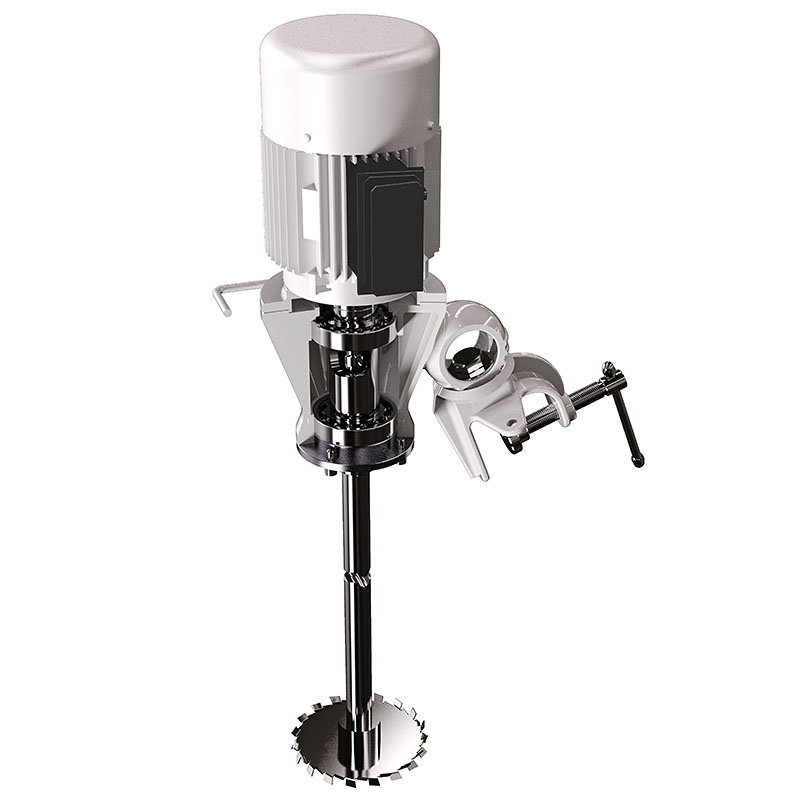
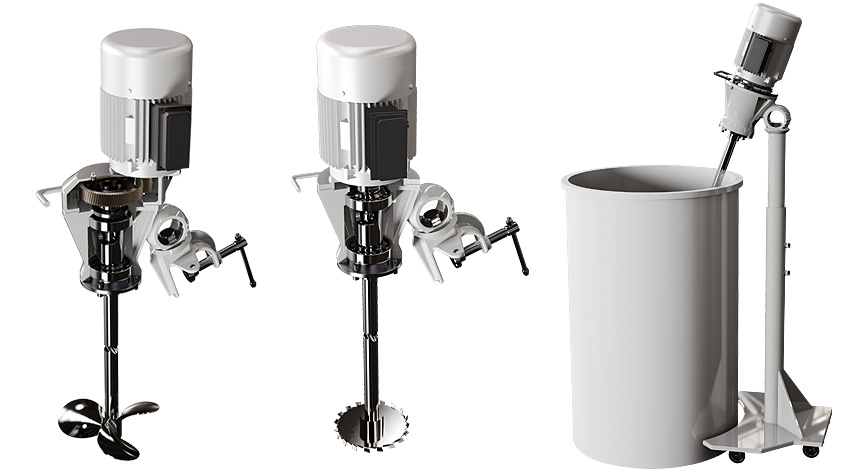
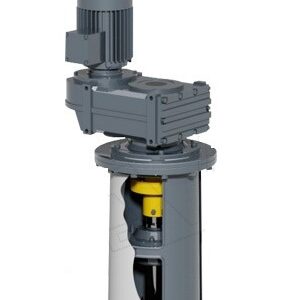
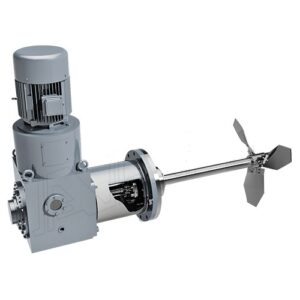
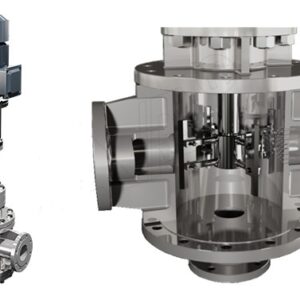
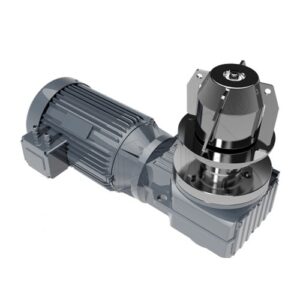
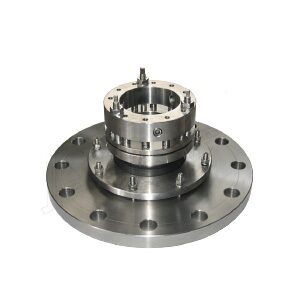
Reviews
There are no reviews yet.